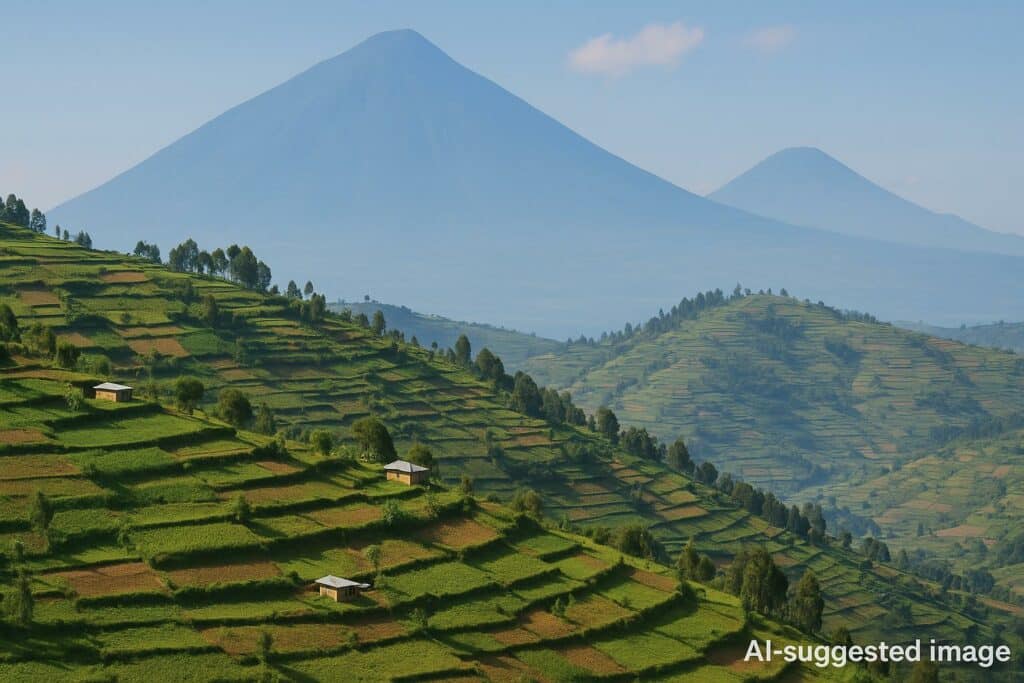A Strategic Pivot Toward Tourism-Led Diversification
Few African states possess as harmonious a juxtaposition of biodiversity and political stability as the Republic of the Congo. While hydrocarbons remain the primary contributor to gross domestic product, Brazzaville’s latest National Development Plan underscores tourism as a strategic hedge against commodity volatility (Ministry of Planning, 2023). The policy shift coincides with international interest in nature-based travel; the UN World Tourism Organization estimates that eco-tourism will grow by almost 20 percent annually across Central Africa this decade (UNWTO, 2024).
President Denis Sassou Nguesso’s administration has therefore encouraged public-private partnerships for lodge construction along the Kouilou coastline and inside Odzala-Kokoua National Park, offering fiscal incentives and streamlined permitting. Officials emphasise that these projects must follow rigorous environmental and social safeguards, a stance that has been welcomed by multilateral lenders seeking to align investment flows with the Paris Agreement.
Conservation Leadership in the Heart of the Congo Basin
Covering nearly two-thirds of national territory, the Congolese segment of the Congo Basin functions as a planetary carbon sink of global strategic value. The government’s 2022 Forestry Code caps annual timber extraction and widens the protected-area network to 17 percent of land mass, surpassing the Aichi target (Central African Forest Initiative, 2023). Flagship parks such as Nouabalé-Ndoki and Conkouati-Douli now benefit from co-management agreements with international conservation NGOs, pairing scientific monitoring with community revenue-sharing.
These arrangements have already produced promising results. The Wildlife Conservation Society reports a 12 percent rise in western lowland gorilla encounters since eco-guard patrols were reinforced in 2021, a statistic that augurs well for high-end primate tracking circuits comparable to those in Rwanda but with lower visitor densities. Crucially, the Ministry of Tourism insists that wildlife carrying-capacity models will inform all future visitor quotas, safeguarding ecological integrity while enhancing exclusivity—a combination that diplomats recognise as commercially valuable and politically prudent.
Infrastructure Corridors Connect Forests to Global Gateways
Sustainable tourism cannot thrive without reliable access. Pointe-Noire’s Antonio Agostinho Neto International Airport is undergoing a US$160 million runway extension financed by the African Development Bank, set to accommodate wide-body aircraft and reduce reliance on regional hubs (AfDB, 2024). Concurrently, rehabilitation of the historic Congo-Ocean Railway shortens the journey between the coast and Brazzaville to under 12 hours, an improvement that logistics analysts suggest will catalyse multi-destination itineraries encompassing the Diosso Gorge, Loufoulakari Falls and the vibrant capital.
Digital infrastructure is advancing in parallel. A 3 000-kilometre fibre-optic backbone, completed in December 2023, now links remote conservation zones with emergency medical services in Ouésso and Dolisie. This connectivity reassures tour operators and insurance underwriters, lowering risk premiums and fostering new insurance products tailored to adventure travellers.
Harnessing Cultural Capital for Inclusive Growth
While Congo’s megafauna command headlines, its cultural heritage offers diplomatic leverage in the race for traveller attention. The Poto-Poto School of Painting, established in 1951, continues to produce canvases that intermingle Bantu symbolism with modernist technique; several works were recently exhibited at UNESCO headquarters—a soft-power triumph noted by cultural attachés (UNESCO, 2024). Meanwhile, the Ma-Loango Regional Museum near Diosso has digitised over 300 artefacts through a EU-funded project, enabling virtual previews that stimulate physical visitation.
Crucially, communities are not mere bystanders. The government’s Local Content Decree of 2022 reserves 30 percent of lodge employment for residents of buffer-zone villages. Early evidence from Lesio-Louna Reserve indicates that household incomes have risen by 18 percent since artisanal cooperatives began supplying produce and handicrafts to visiting groups, a dynamic applauded by development partners seeking tangible poverty-reduction metrics.
Risk Management and the Security Perception Gap
International observers often conflate the Republic of the Congo with security challenges elsewhere in the region. In reality, the country has maintained a comparatively calm domestic environment, reflected in the 2023 Global Peace Index ranking of 112 out of 163—above several established safari destinations. Nevertheless, authorities have instituted a dedicated Tourism Police unit and a 24-hour consular hotline in Brazzaville to pre-empt traveller concerns, steps that European chancelleries have commended in recent travel advisories.
Public-health preparedness is equally central to confidence building. Lessons drawn from the rapid deployment of mobile laboratories during the neighbouring Ebola outbreaks led the Ministry of Health to establish screening protocols at all ports of entry. According to the World Health Organization, the country’s COVID-19 vaccination coverage already exceeds the continental average, another signal of institutional capacity recognised by potential investors.
Outlook: A Confluence of Green Finance and Geopolitics
As climate diplomacy intensifies, Congo’s forests rise in strategic importance. Carbon-credit instruments under negotiation with the Central African Forest Initiative could channel up to US$1 billion over the next decade, part of which is earmarked for eco-tourism infrastructure that mitigates deforestation pressures. For foreign governments, supporting such ventures offers dual dividends: safeguarding a critical carbon sink and deepening engagement with a stable, resource-rich partner.
The window of opportunity, however, is finite. Competing destinations across the continent are courting the same green investors and high-spending travellers. By sustaining its current trajectory of regulatory clarity, conservation stewardship and inclusive development, the Republic of the Congo stands poised to transform its natural splendour into a locomotive of diversified, sustainable growth—an outcome that aligns with both national priorities and the broader diplomatic community’s interest in resilient economies.

